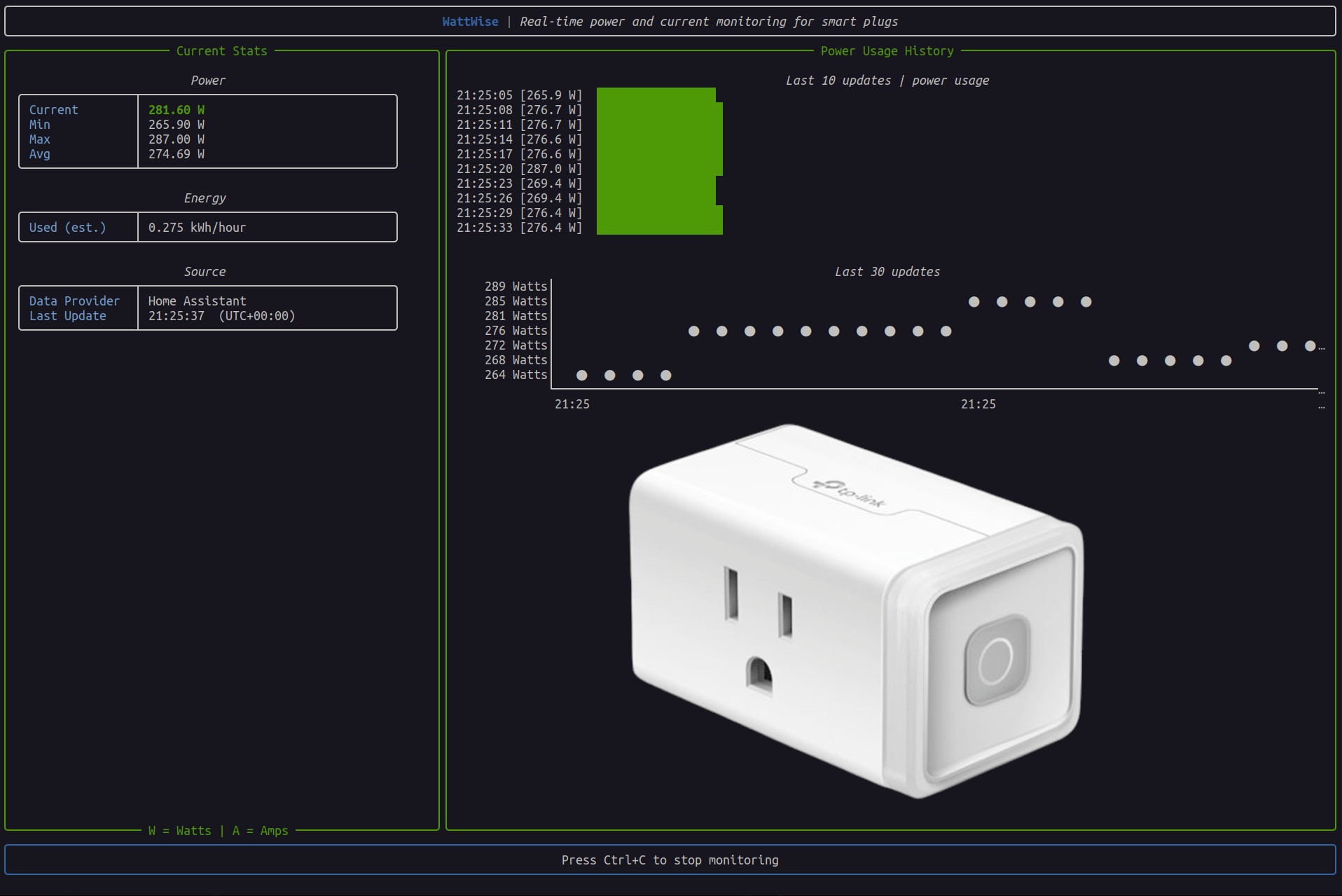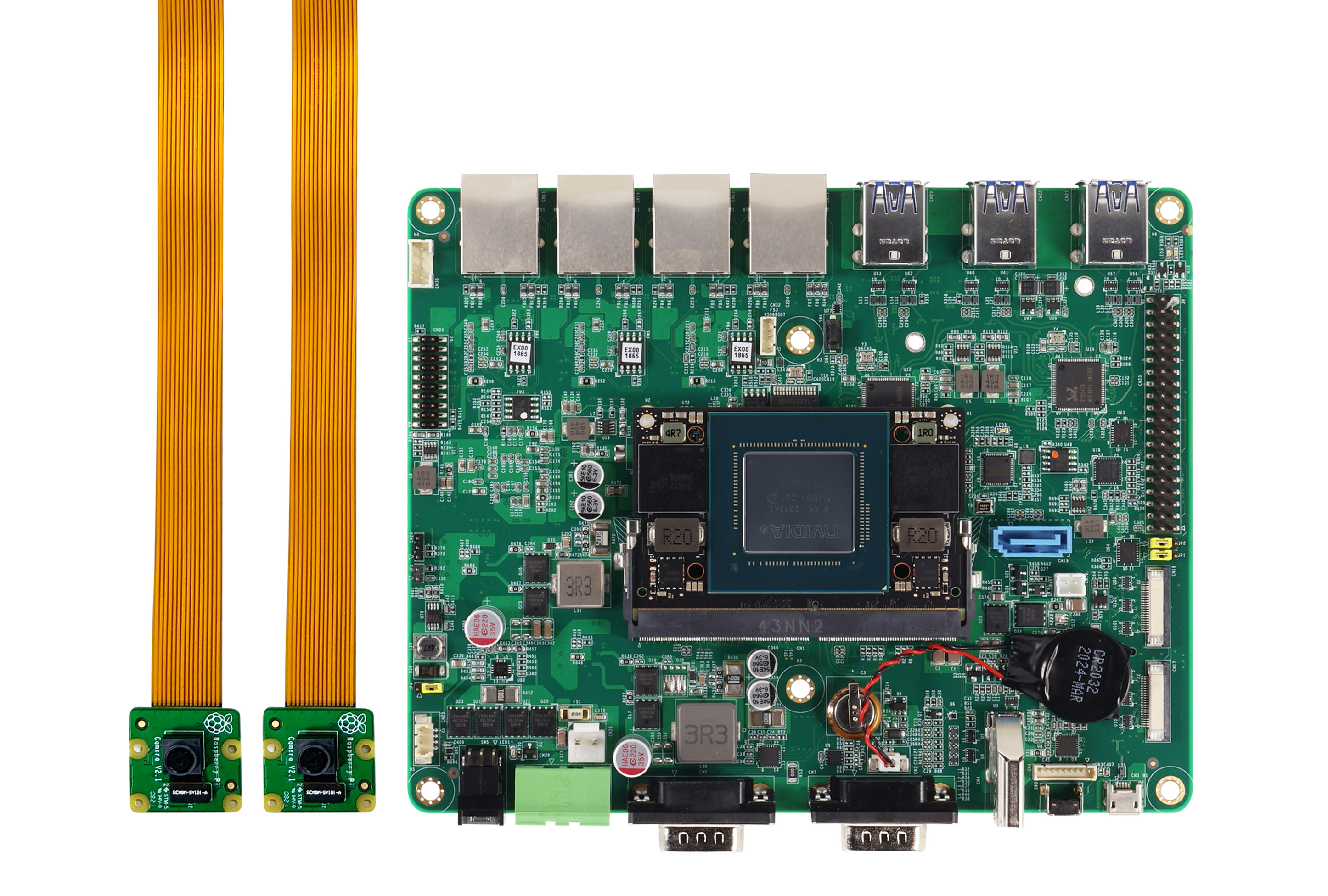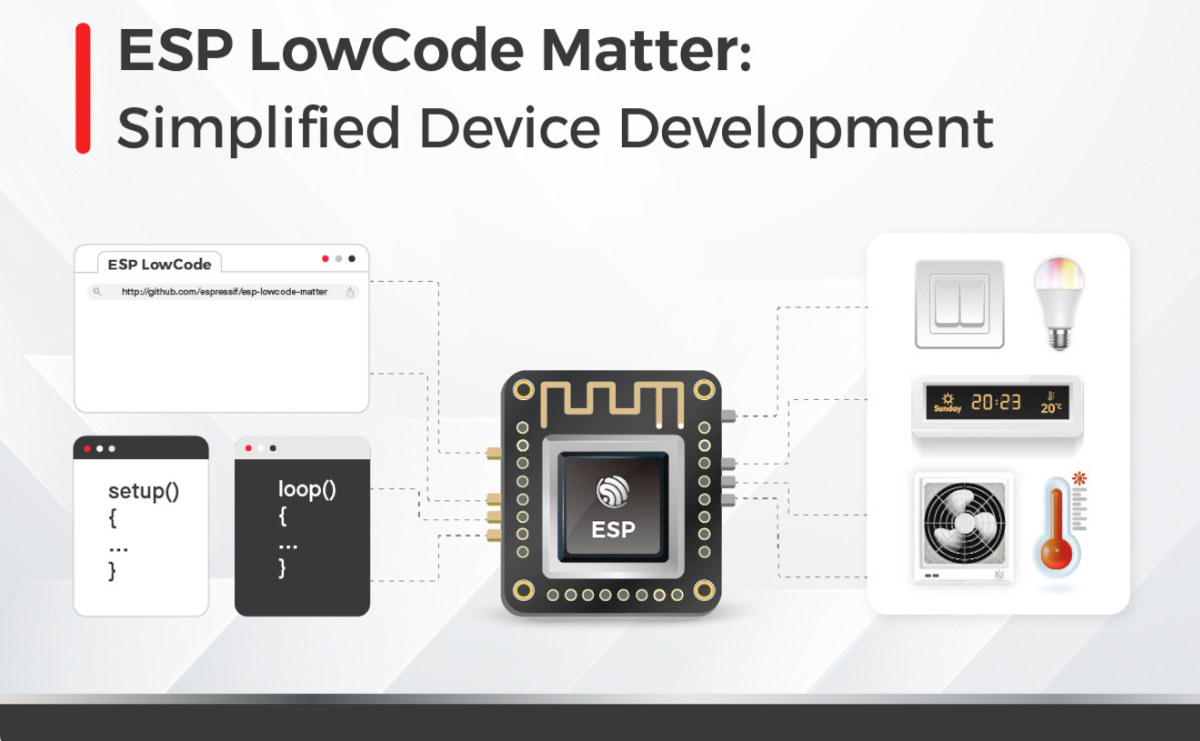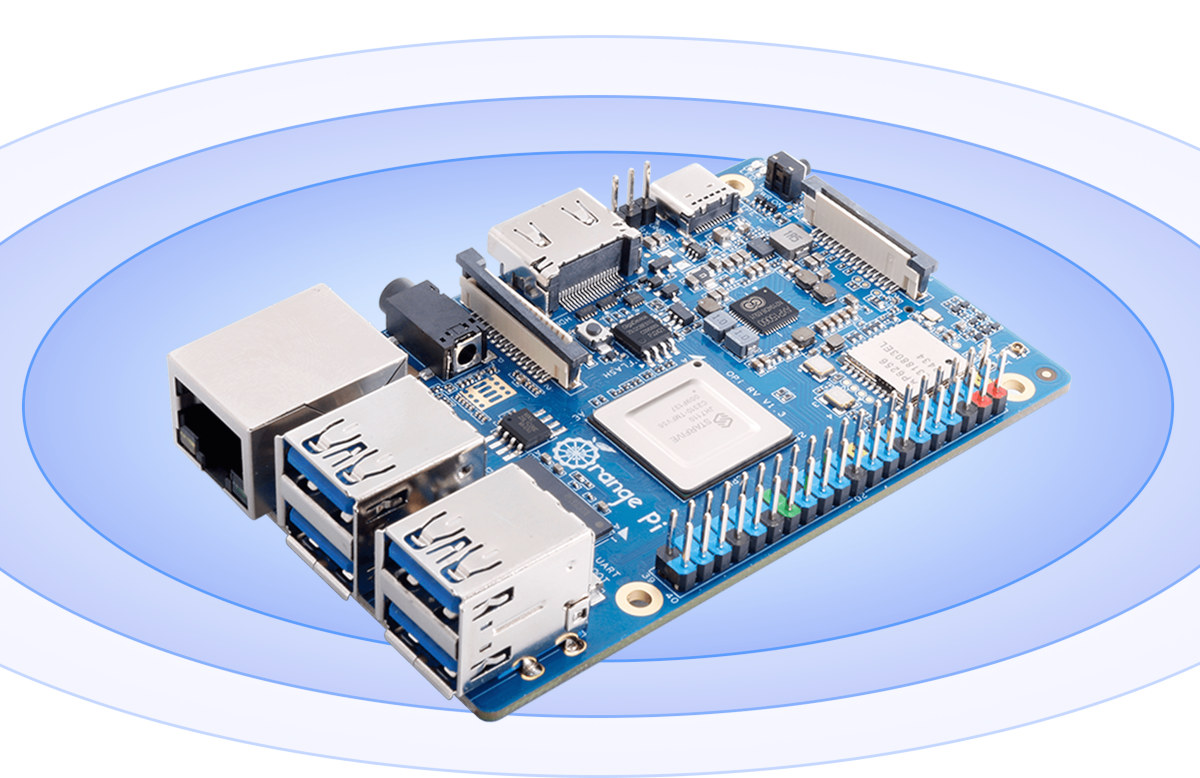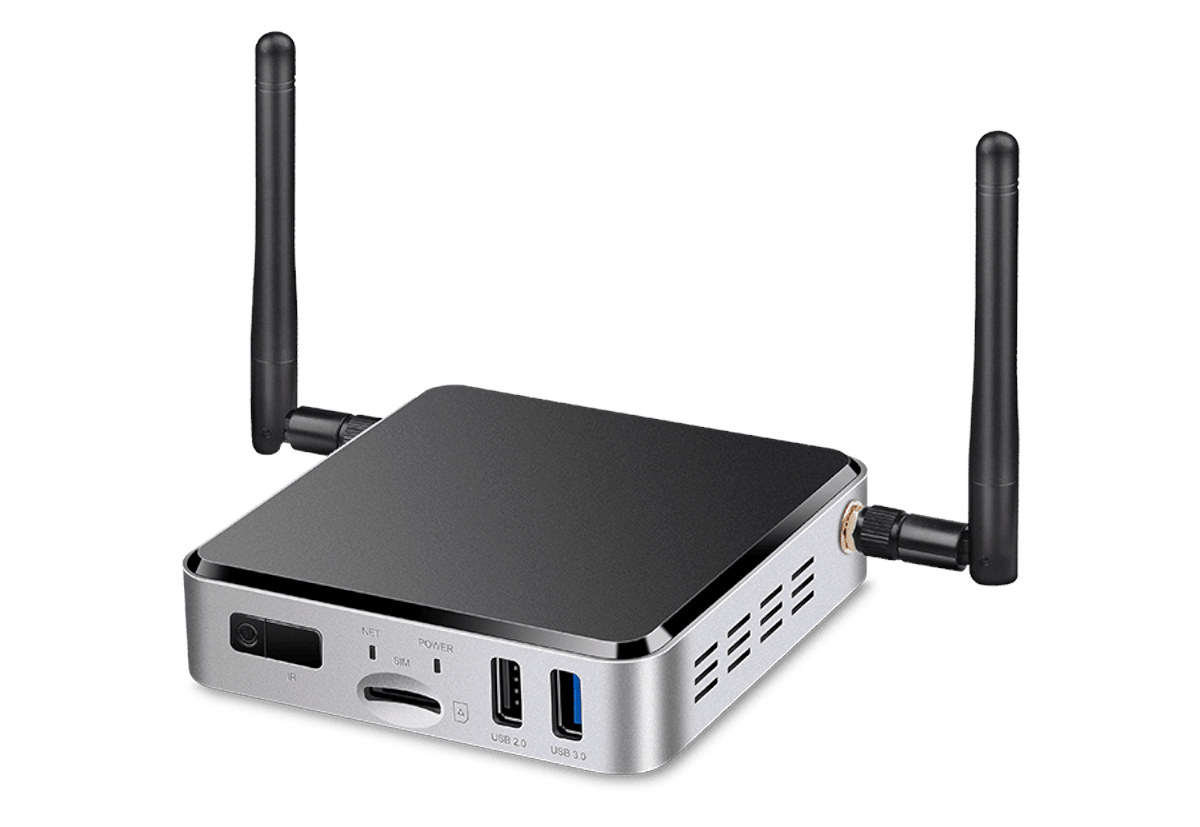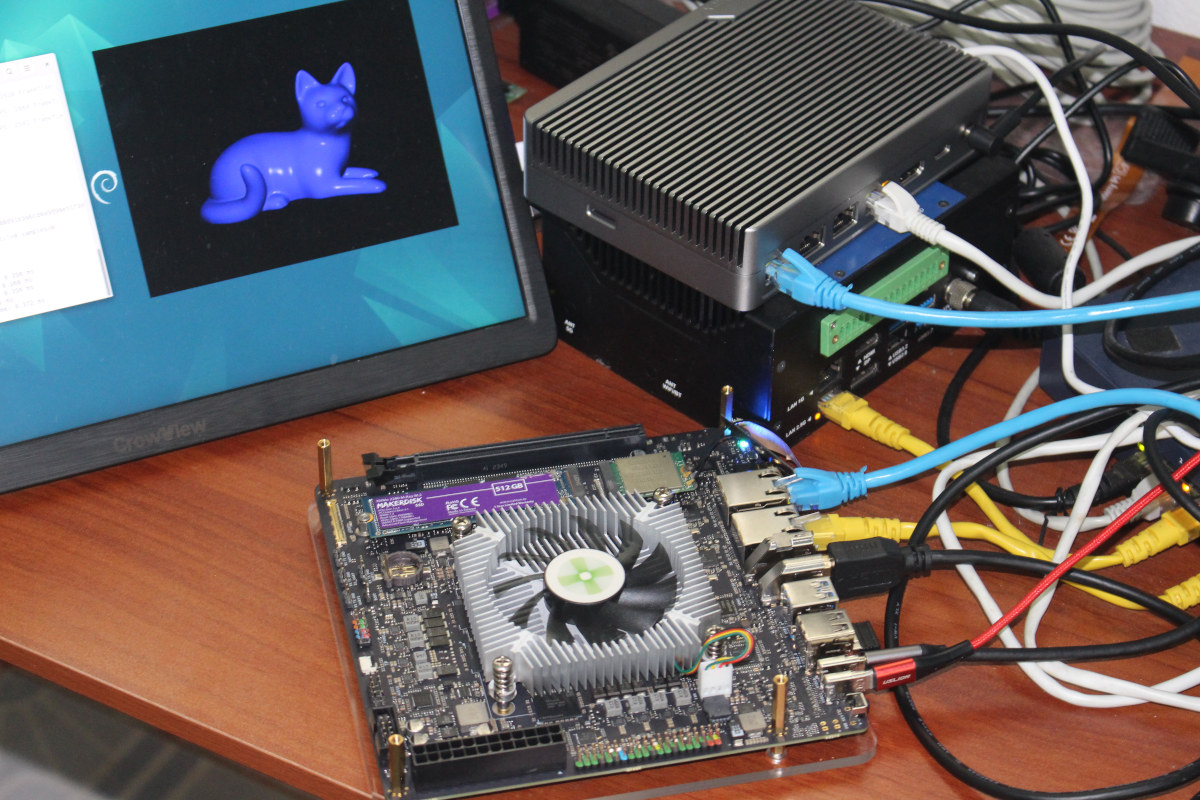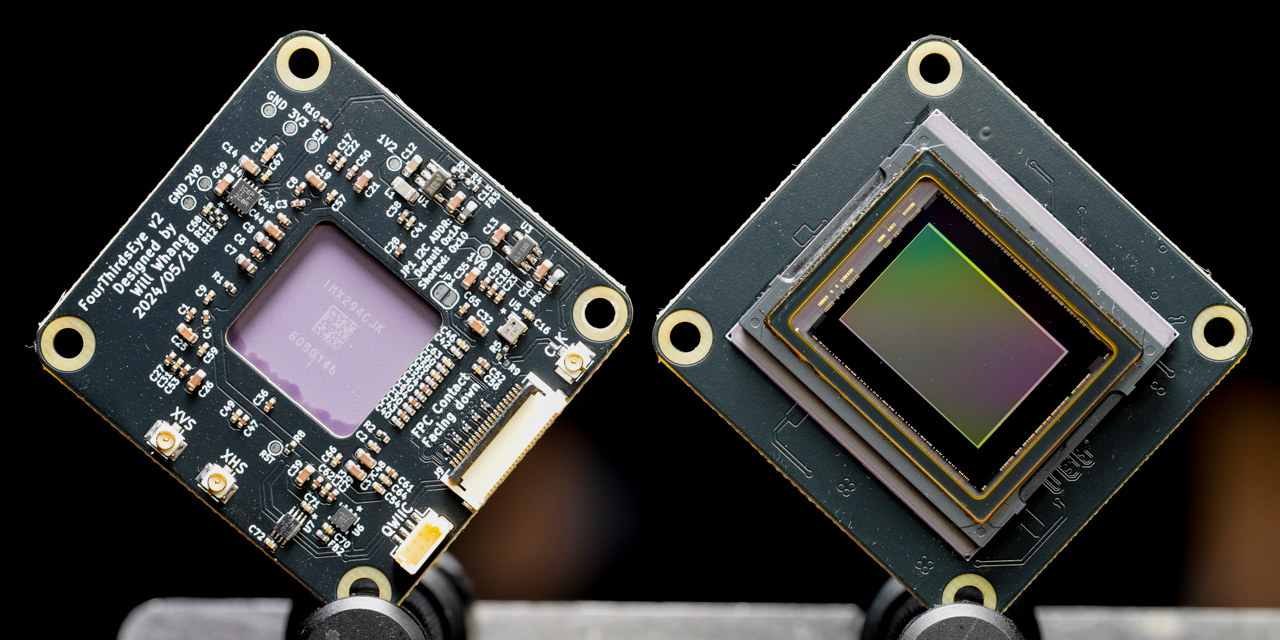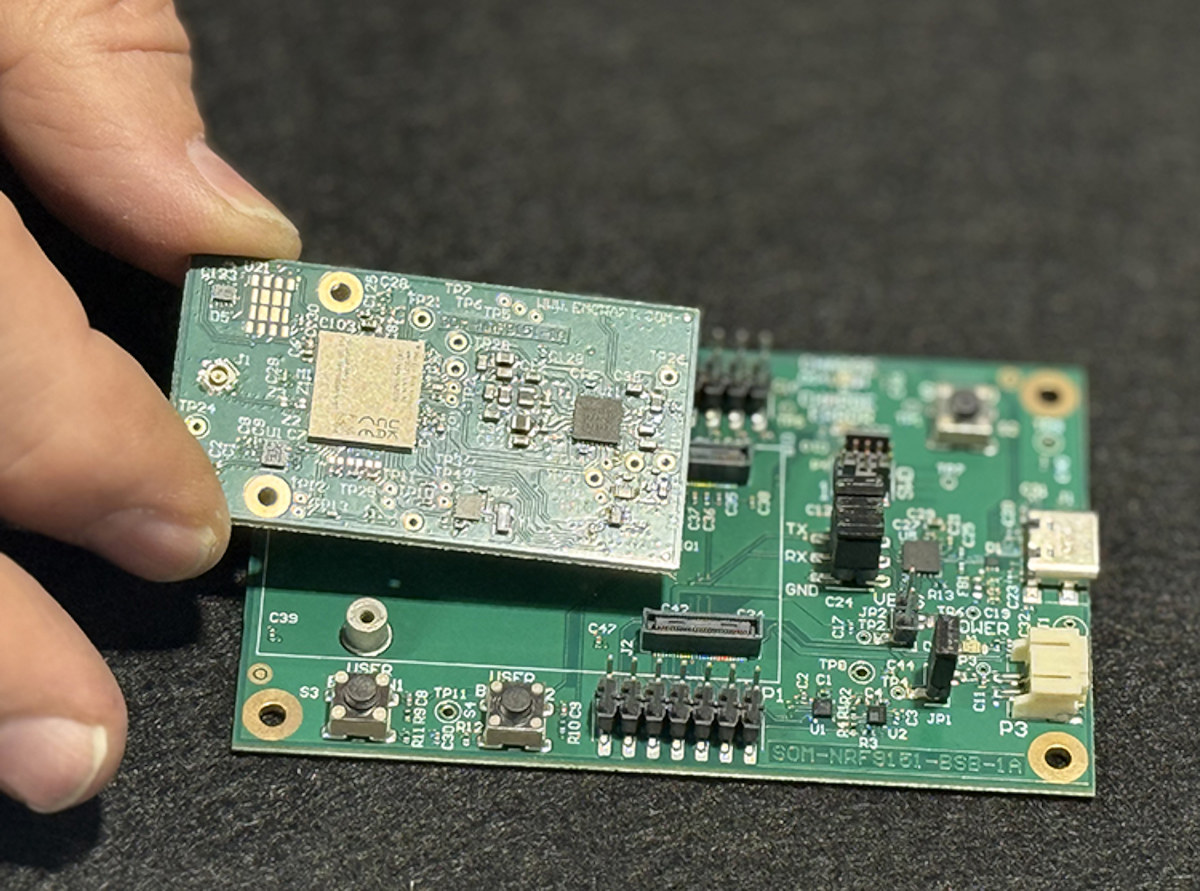Smart Power plugs help users monitor their appliances’ power consumption, and they’d usually check measurements in a mobile app or a web dashboard. Naveen was not satisfied with this workflow while using a TP-link Kasa EP25 Smart Plug to monitor his LLM workstation’s power consumption. So he wrote the WattWise command-line interface (CLI) for power monitoring smart plugs to allow him to throttle his power-hungry, dual AMD Ryzen EPYC 7C13 workstation following his utility’s Time of Use (ToU) pricing in order to lower his electric bill. The Python tool pulls power usage data from smart plugs directly or through Home Assistant and presents it in a neat terminal-based UI. Key features: Real-time power monitoring with wattage and current display Color-coded power values (green < 300W, yellow 300-1200W, red > 1200W) Historical consumption charts directly in the terminal Automatic CPU/GPU throttling based on time-of-use electricity pricing Configurable power thresholds and performance […]
NV8600-Nano AI Developer Kit features NVIDIA Jetson Orin Nano 8GB, quad GbE, Raspberry Pi Camera Module 2
AAEON NV8600-Nano AI Developer Kit is based on a 67 TOPS NVIDIA Jetson Orin Nano 8GB and ships with a carrier board with quad GbE, a Raspberry Pi Camera Module 2, a fan kit (heatsink with fan), and a 60W power adapter. The carrier board is also equipped with a 256GB M.2 2280 M-key NVMe SSD, a SATA connector, HDMI 1.4 video output, two MIPI CSI connectors compatible with Raspberry Pi Camera Modules, six USB 3.2 Gen 2 Type A ports, a few serial interfaces, a 40-pin GPIO header compliant with the Jetson Orin Nano (Super) developer kit, and two more M.2 sockets for wireless/cellular expansion. NV8600-Nano AI Developer Kit specifications: NVIDIA Jetson Orin Nano 8GB Module CPU – 6-core Arm Cortex-A78AE v8.2 64-bit CPU @ 1.7 GHz with 1.5MB L2 + 4MB L3 GPU – 1,020 MHz NVIDIA Ampere architecture with 1024 CUDA cores and 32 tensor cores Video […]
ESP LowCode Matter splits system and application firmware for simpler ESP32 device development
Espressif released the ESP ZeroCode web application in the summer of 2023 to create custom Matter-certifiable firmware for ESP32 targets. However, if your application requires some more customization, but you don’t have the budget or need for a software engineering team, the company has now launched ESP LowCode Matter. It retains most of the simplicity of ESP ZeroCode, but also provides the ability to further customize the application without having to use the ESP Matter SDK, which requires more advanced coding skills to build your own firmware. The ESP LowCode Matter divides firmware into two components to simplify the development, maintenance, and certification process: System Firmware – Managed by Espressif, handling the Matter protocol, wireless stacks, OTA updates, and security management. Application Firmware – Developed by device makers, focusing on hardware interfacing, event and state indication, and user interaction. Development is done right in the web browser thanks to VS […]
Orange Pi RV RISC-V SBC with StarFive JH7110 SoC launched for $30 and up
The Orange Pi RV SBC powered by a StarFive JH7110 RISC-V SoC was first introduced at the Orange Pi Development Conference 2024, a little over one year ago. But somehow, the company first launched the Orange Pi RV2 SBC based on Ky X1 SoC (rebranded Spacemit K1) earlier this month, and has only started taking orders for the Orange Pi RV board. The credit card-sized SBC ships with 2GB to 8GB RAM, supports M.2 NVMe SSD storage, provides gigabit Ethernet, built-in WiFi 5 and Bluetooth 5.0, four USB 3.0 ports, HDMI and MIPI DSI video interface, a MIPI CSI camera interface, a 40-pin GPIO header, and more. Orange Pi RV specifications: SoC – StarFive JH7110 CPU – Quad-core RISC-V processor (RV64GC) at 1.5 GHz GPU – Imagination BXE-4-32 GPU with support for OpenCL 1.2, OpenGL ES 3.2, Vulkan 1.2 VPU H.264 & H.265 4Kp60 decoding H.265 1080p30 encoding JPEG encoder / […]
Geniatech APC680 Edge AI and TV Box is powered by Synaptics VS680 AI SoC with 7.9 TOPS NPU
Geniatech APC680 is described as an “AI-powered TV box” powered by Synaptics VS680 quad-core Cortex-A73 SoC with a built-in 7.9 TOPS NPU and designed for smart entertainment and edge computing. The system comes with 4GB RAM and 16GB eMMC flash by default, 4K capable HDMI output and input ports, gigabit Ethernet, WiFi 5 and Bluetooth 5.0, a few USB ports, and a range of wireless options including 4G LTE, Zigbee, Z-Wave, and LoRa. Besides being just an AI-powered TV box, it could also be used as a Smart Home gateway in more ways than one. Geniatech APC680 specifications: SoC – Synaptics VS680 CPU – Quad-Core Arm Cortex-A73 processor GPU – Imagination PowerVR Series9XE GE9920 with support for OpenGL ES 3.2, OpenCL 1.2, Vulkan 1.1, and DirectFB VPU Up to 2160p60 decode with AV1, H.265, H.264, VP9, VP8, and MPEG-2 Up to 1080p60 encode with H.264, VP8 NPU – 7.9 TOPS with […]
Radxa Orion O6 Preview – Part 2: Debian 12 – What works, what doesn’t
I went through an unboxing and Debian 12 installation on the Radxa Orion O6 at the end of January, but decided to work on other reviews since software support still needed to be worked on. Since then, there’s been some work done, but no new image released. After waiting for almost two months, I’ve decided to carry on with the review by testing the Debian 12 image in a way similar to the Rock 5B SBC preview I did with Debian 11 in 2022 to check what works and what doesn’t on the Orion O6 at the time of the review. That will involve testing all ports, including 5GbE networking and the PCIe slot with an (old) NVIDIA graphics card, running some benchmarks, and also trying the Debian 12 image with a self-built Linux 6.13 kernel using ACPI instead of UEFI for the default image. Orion O6 SBC benchmarks on […]
FourThirdsEye is an open-source hardware 10.7MP IMX294 camera module for the Raspberry Pi 5/CM4
Will Whang’s FourThirdsEye project is an open-source hardware camera module designed for Raspberry Pi 5 SBC and Raspberry Pi Compute Module 4 SoM using a Sony IMX294 Type 4/3 CMOS image sensor. The camera module can capture 10.7 MP images and 4K (4096 x 2160) videos with improved low-light performance and dynamic range (4.63 μm pixel size) compared to existing Raspberry Pi camera modules. Will claims it’s perfect for photography enthusiasts, developers, and makers who want a more powerful camera for their Raspberry Pi projects. FourThirdsEye camera module specifications: Sony IMX294 sensor Output image size – Diagonal 21.63 mm (Type 4/3) aspect ratio 17:9 & 4:3 Number of effective pixels 4168 (H) × 2176 (V) approx. 8.93M pixels (aspect ratio 17:9) 3792 (H) × 2824 (V) approx. 10.71M pixels (aspect ratio 4:3) Unit cell size – 4.63 μm (H) × 4.63 μm (V) Optical blacks Horizontal – Front: 0 pixels, […]
emCraft SOM-NRF9151 – A Nordic Semi nRF9151 System-on-Module with LTE-M, NB-IoT, DECT NR+, and GNSS
Better known for its Linux and uCLinux-powered system-on-modules, emCraft has just launched the SOM-NRF9151 system-on-module powered by a Nordic Semi nRF9151 Arm Cortex-M33 SiP (System-in-Package) with LTE-M, NB-IoT, and DECT NR+ connectivity, and GNSS functionality. The SoM also features a 16MB SPI flash, an nPMIC1300 for power management, a Nano SIM card slot, and a footprint for an eSIM. I/Os and power signals are exposed through two 50-pin board-to-board connectors, and the company provides a starter kit with a baseboard for evaluation. emCraft SOM-NRF9151 specifications: SiP – Nordic Semi nRF9151 CPU – Arm Cortex-M33 @ 64 MHz Memory – 256 KB SRAM Storage – 1 MB flash Wireless – LTE-M, NB-IoT, and DECT NR+ modem with GNSS 700-2200 MHz LTE bands: B1-B5, B8, B12, B13, B17-B20, B25, B26, B28, B65, B66, B85 Power Class 5 20 dBm Power Class 3 23 dBm 1.9GHz NR+ band support Certified for global operation […]


